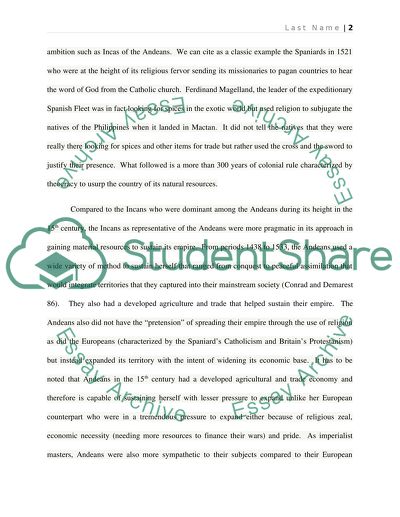Cite this document
(“16th century Empires Essay Example | Topics and Well Written Essays - 1500 words”, n.d.)
16th century Empires Essay Example | Topics and Well Written Essays - 1500 words. Retrieved from https://studentshare.org/history/1603982-16th-century-empires
16th century Empires Essay Example | Topics and Well Written Essays - 1500 words. Retrieved from https://studentshare.org/history/1603982-16th-century-empires
(16th Century Empires Essay Example | Topics and Well Written Essays - 1500 Words)
16th Century Empires Essay Example | Topics and Well Written Essays - 1500 Words. https://studentshare.org/history/1603982-16th-century-empires.
16th Century Empires Essay Example | Topics and Well Written Essays - 1500 Words. https://studentshare.org/history/1603982-16th-century-empires.
“16th Century Empires Essay Example | Topics and Well Written Essays - 1500 Words”, n.d. https://studentshare.org/history/1603982-16th-century-empires.


